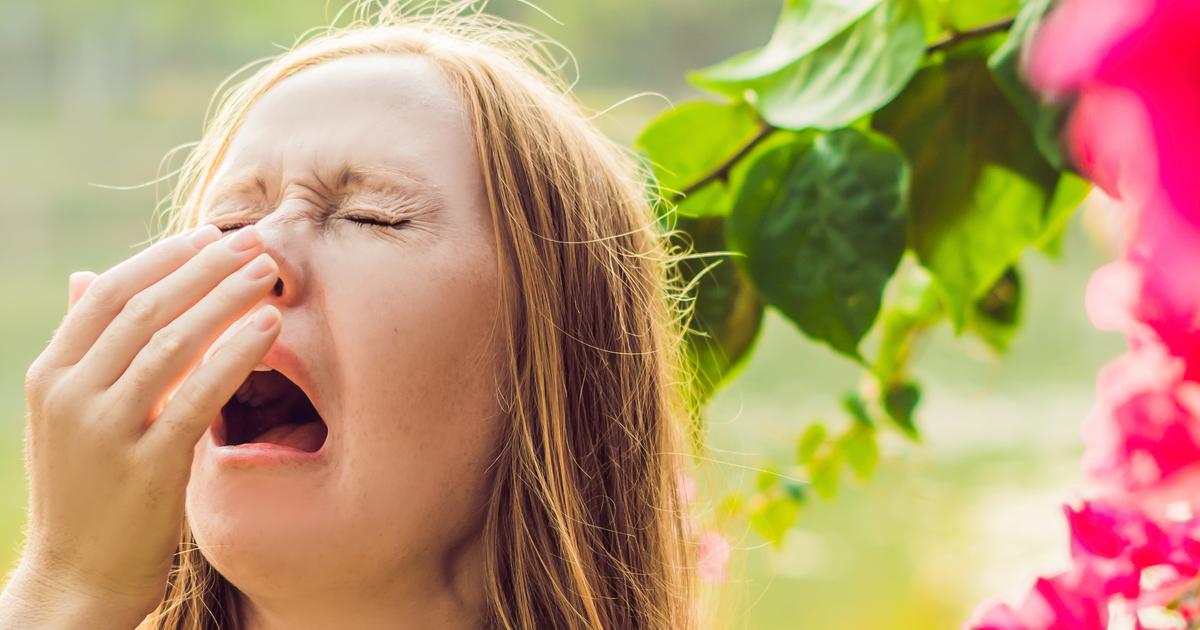Guide To The Risk Factors For Keratosis Pilaris
Hay Fever

Hay fever, which is also called allergic rhinitis, occurs when an individual's body has an allergic reaction to an allergen in the air. Typically, the allergen is pollen in the air. The most common symptoms of hay fever that patients experience include nasal congestion, sneezing, watery eyes, sinus pressure, and a runny nose. Hay fever is also one of the primary risk factors for keratosis pilaris. The exact reason for this increased risk is not known. However, experts believe that it is most likely due to the patient's body trying to fight off the allergens that triggered hay fever. The body naturally starts to produce extra keratin to protect the skin during this time. Ultimately, this leads to the development of keratosis pilaris.
Get more information on the risk factors for keratosis pilaris now.
